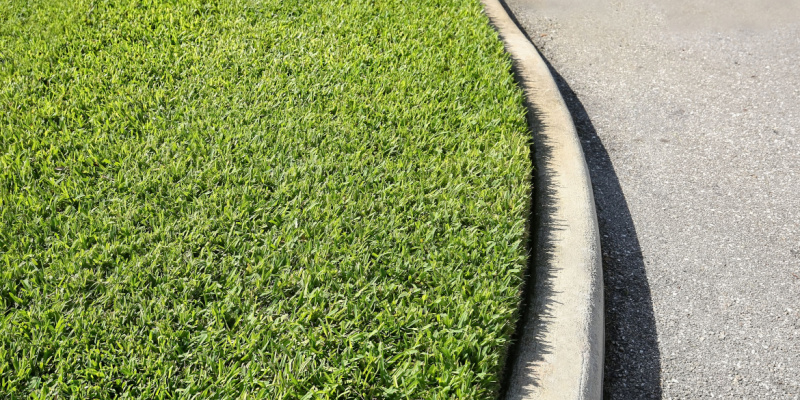Discovering grubs in your yard is a frustrating experience for any homeowner. These tiny, C-shaped larvae of beetles can cause significant damage to your lawn, leading to brown patches and weakened grass. Understanding why grubs are taking over your yard is critical to implementing effective strategies for prevention and control. This article will explore the reasons behind grub infestations, their life cycle, signs of their presence, and methods to manage these destructive pests.
1. Life Cycle of Grubs
Grubs hatch from eggs laid in the soil and begin feeding on grass roots in late summer or early fall. As they grow, grubs continue to feed that way until they reach maturity. At this point, they transform into pupae and eventually emerge as adult beetles, completing their life cycle.
2. Favorable Conditions for Grub Infestations
Several factors can contribute to an increase in grub populations in your yard:
- Moist Soil
Grubs thrive in moist soil conditions. Therefore, overwatering or poor drainage can create an environment conducive to their growth and survival.
- Lawn Maintenance Practices
Grubs are attracted to well-maintained lawns with healthy grass. Well-fertilized lawns can be particularly attractive to egg-laying beetles.
- Presence of Adult Beetles
Adult beetles lay their eggs in the soil, and their presence in or near your yard increases the likelihood of a grub infestation.
- Inadequate Predators
Insufficient natural predators, such as birds, amphibians, or beneficial insects, can allow grub populations to multiply unchecked.
3. Signs of Grub Infestations
- Brown Patches
As grubs feed on grassroots, they damage the plant’s ability to absorb water and nutrients, leading to brown patches in the affected areas of your lawn. These patches may feel spongy or appear loosely attached to the soil. - Increased Pest Activity
The presence of birds, raccoons, or skunks actively digging in your lawn can indicate their search for grubs as a food source.
- Irregular Grass Growth
Weakened grass may have difficulty recovering from drought stress or foot traffic, resulting in uneven growth patterns.
4. Preventive Measures and Control Strategies
- Regular Lawn Maintenance
A healthy, well-maintained lawn is less likely to attract egg-laying beetles. To promote strong grass growth, follow proper lawn care practices, including regular mowing, appropriate watering, and balanced fertilization.
- Natural Predators
Encourage natural predators that feed on grubs like birds, toads, and beneficial insects. Creating a diverse and wildlife-friendly environment in your yard with bird feeders, water sources, and native plants will attract these natural predators.
- Biological Controls
Nematodes, which are naturally occurring microscopic organisms, can be used as a biological control method for grubs. These beneficial nematodes attack and kill grubs in the soil, effectively reducing their population.
- Chemical Treatments
Chemical treatments may be necessary if you have an abundance of grubs that do not respond to other treatments. Consult with a professional lawn care provider for which methods they will use.
Grubs can wreak havoc on your yard, causing unsightly brown patches and weakened grass. By understanding the factors contributing to grub infestations and recognizing the signs, you can avoid an infestation before it starts. If you suspect that grubs have taken over your yard, act quickly before the damage becomes irreversible. Contact Weed Busters today for expert assistance in identifying and controlling grub populations in your lawn. Don’t let these pesky pests take over your outdoor space – call us now to reclaim your beautiful greenery!

